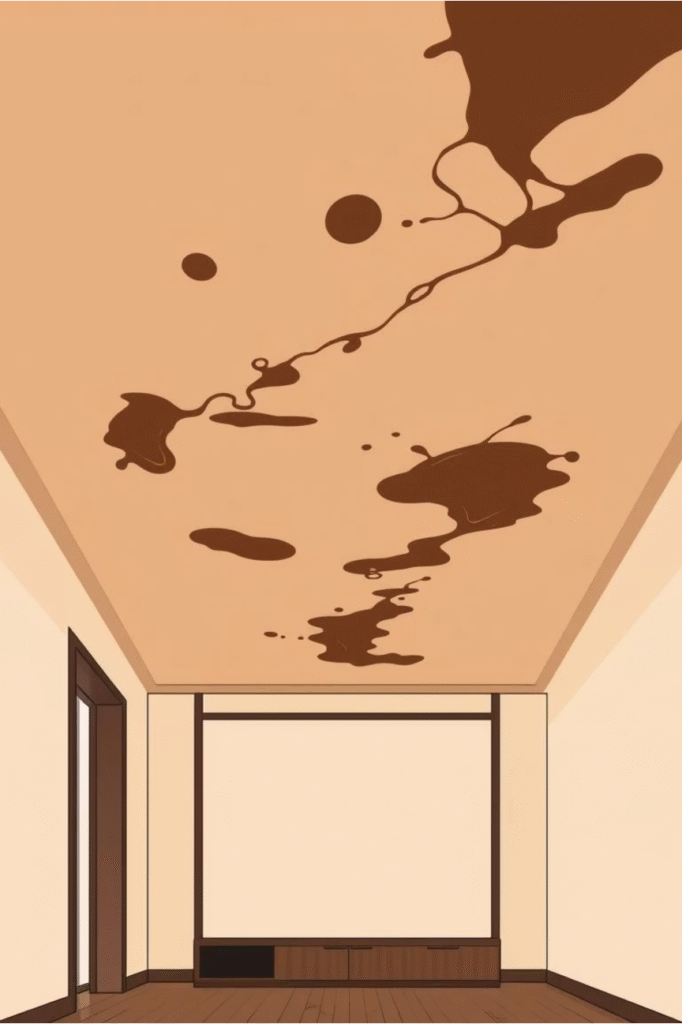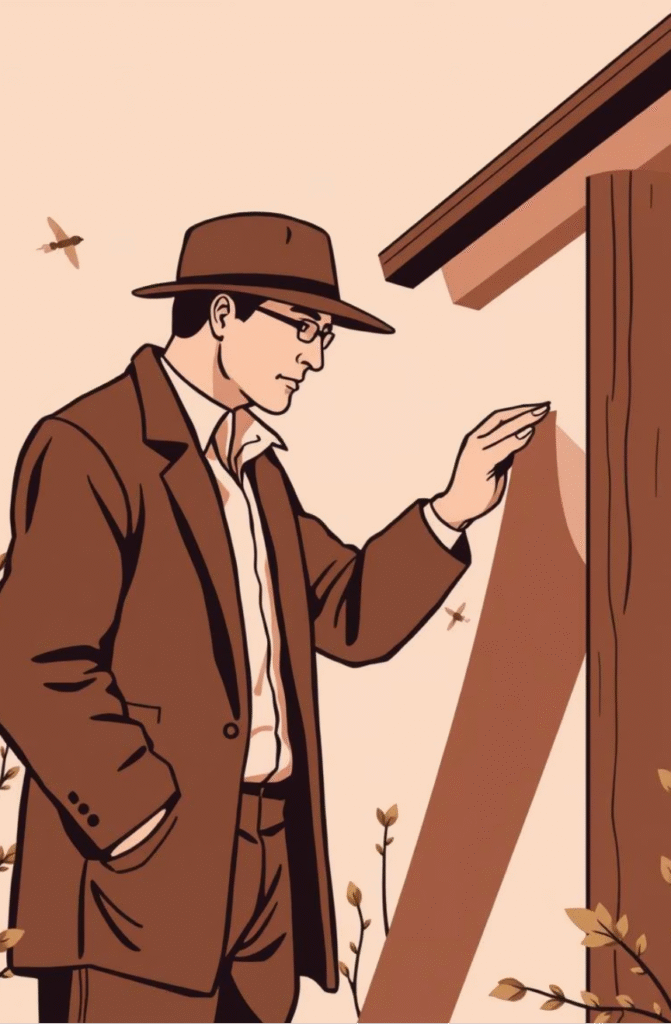Surprise Structural Issues: What Homebuyers Often Miss – Buying a home is one of the biggest financial and emotional commitments you’ll ever make. The excitement of moving in can make it easy to overlook hidden problems—especially structural ones that threaten safety and drain your budget.
The Hidden Dangers Lurking Beneath

While a home may look picture-perfect at first glance, some issues lurk beneath the surface, invisible to the untrained eye. Structural surprises are among the most expensive and stressful problems a buyer can face. Understanding what to watch for—and when to bring in experts—can help you avoid turning your dream home into a costly nightmare.
Foundation Issues – Cracks and settlement problems that compromise structural integrity
Roof Damage – Hidden deterioration beyond missing shingles
Water Intrusion – Moisture damage that weakens the entire structure
Poor Renovations – Unpermitted work that violates building codes
Foundation Problems: The Base of All Troubles

Warning Signs to Watch For
- Wide, stair-step, or horizontal cracks
- Uneven floors throughout the home
- Doors that won’t shut properly
- Gaps between walls and ceilings
Not All Cracks Are Equal: Vertical hairline cracks can be normal as a house settles, but wide or horizontal cracks often signal serious structural stress.
The International Residential Code (IRC) sets standards for minimum foundation depth and reinforcement. If past repairs or additions weren’t done to code, future settlement is more likely.
Roof Damage: More Than Missing Shingles

Rotting Decking – Compromised wooden foundation beneath shingles that can lead to complete structural failure of the roof system.
Inadequate Ventilation – Poor airflow causes moisture buildup, leading to rot and mould in the roof structure and attic spaces.
Sagging Trusses – Weakened support beams that can no longer bear the roof’s weight, threatening the entire home’s stability.
Professional Tip
Always ask when the roof was last replaced and request documentation. A roof that hasn’t been inspected in over a decade could hide issues not visible during a casual walkthrough.
Hidden Water Damage: The Silent Destroyer

Moisture is one of a home’s worst enemies. Even small leaks can cause rot, mould, and structural weakening if left unchecked.
Basement Dampness – Poor waterproofing allows moisture to seep through foundation walls, creating perfect conditions for mould and structural decay.
Bathroom Leaks – Faulty plumbing or inadequate sealing around fixtures can cause water to penetrate floors and walls, weakening structural elements.
Improper Grading – When water flows towards rather than away from the house, it creates long-term moisture problems that compromise the foundation.
Inspector Guidelines: ASHI (American Society of Home Inspectors) guidelines require inspectors to note water stains, musty odours, and visible leaks. But they won’t cut into walls—so concealed issues may still exist.
Termite and Pest Damage: The Invisible Threat

The Damage Often Goes Unnoticed
Wood-destroying insects like termites can quietly compromise beams, joists, and supports. Often, damage isn’t visible until it’s extensive.
- Hollow-sounding wood when tapped
- Discarded insect wings near windows
- Mud tubes along foundation walls
- Sagging floors or loose floorboards

Essential Extra Step
Schedule a wood-destroying organism (WDO) inspection in addition to the general inspection. Some lenders require this for financing in high-risk regions.
Left untreated, termites can hollow out wood framing that is essential to structural stability. The damage can be so extensive that major structural repairs become necessary, costing tens of thousands of pounds.
Poor DIY Renovations: When Good Intentions Go Wrong
Not all renovations are equal. Homeowners may unknowingly (or intentionally) cut corners, removing load-bearing walls or building unsafe decks. Unpermitted additions often don’t meet structural code requirements.
Load-Bearing Walls Removed – Without proper support, removing these walls can cause sagging and structural failure
Unsafe Deck Construction – Inadequate footings and improper fastening can lead to collapse
Electrical and Plumbing Issues – Improper installations create safety hazards and code violations
Unpermitted Additions – Work done without proper permits often fails to meet building codes
“Building codes specify minimum beam sizing and load-bearing requirements. A structural engineer can verify whether past work is compliant—or dangerous.”
Sagging Floors and Ceilings: Warning Signs You Can’t Ignore
Uneven floors, sloping rooms, and sagging ceilings are often dismissed as “quirks” of older homes, but they can point to failing joists, water intrusion, or foundation problems.

Common Causes
- Undersized or damaged floor joists
- Water damage weakening structural elements
- Foundation settlement or movement
- Overloaded floors beyond design capacity

Quick Test
Place a marble or spirit level on the floor during your walkthrough. A noticeable roll suggests you may need further evaluation.
Drainage and Soil Issues: The Foundation’s Enemy

Improper grading or water pooling around the foundation can erode soil and compromise structural stability over time. Poor drainage can also lead to basement flooding and cracks in the foundation.
Poor Grading Assessment – Examine how water flows around the property—it should always move away from the house, not towards it.
Soil Erosion Detection – Look for signs of washing away or settling around the foundation that could compromise structural stability over time.
Drainage System Evaluation – Check gutters, downspouts, and drainage tiles to ensure they’re directing water properly away from the structure.
Inspection Tip
Visit the property after heavy rain if possible. Watch where the water flows and identify any pooling areas that could indicate drainage problems.
Protecting Your Investment: Expert Guidance and Final Advice
When to Call a Structural Engineer – If inspectors flag serious cracks, bowing walls, or roofline issues, your next step is often a licensed structural engineer.
What Engineers Provide
- Load calculations
- Code compliance verification
- Stamped reports for lenders
Your Action Plan for Safe Home Buying
Hire Qualified Inspectors – Choose professionals familiar with your region’s common structural risks and requirements.
Request Specialty Inspections – Add foundation, roof, or termite inspections when red flags appear during the initial assessment.
Verify Permits and Documentation – Ask about permits for renovations and confirm that additions were properly inspected.
Budget for the Unexpected – Even with a clean inspection, unforeseen issues may surface after purchase.
Remember: Structural problems are not always deal-breakers, but they must be understood and factored into your decision. A home is more than walls and a roof—it’s an engineered system designed to withstand loads, weather, and time.
By knowing what to look for and when to bring in experts, you can buy with confidence and protect your investment for the long term.
